Smart Tea Plantation in Mengding Mountain Enabled by SenseCAP LoRaWAN to Augment Resource Efficiency and Customer Trust for SDGs
By Ye Seong SHIN 4 years agoSenseCAP LoRaWAN gateway and sensors were deployed in the IoTea Project to monitor crucial environmental data needed to ensure the optimal tea quality in Ya’an of Southwest China. Through this Project, the overall tea plantation management costs have been lowered, economic yields have been increased, and the tea plantation’s brand image has been upgraded to attract customers who care about food traceability and sustainability. By doing so, the IoTea Project achieves the UN’s SDGs 8, 9, 12, 10, 11, 1, 5, 6, 7, 2, 4, 13, 15, 16 and 17.
Project Name: IoTea Project
Deployment Location: Ya’an, China
Targeted Industry Type: Tea Plantation
Project Partner(s): 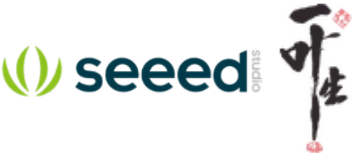
During the recent decades, various industries’ unsustainable, and often shocking, practices made a scene on the world media, which was a wake-up call for our humanity to realize how our lives are dependent on those industries, and how our ignorance is causing insurmountable damage to our environment and society. Such a trend started to affect consumer behavior on what products they consume, what products they should be consuming, and what products are less harmful to the environment and the society in general – causing a paradigm shift, so to speak. Naturally, the term “eco-innovation” has been increasingly gaining spotlight for its potential to guide various industries towards sustainable development (Gunarathne & Peiris, 2017). In this context, innovation is a critical tool in managing corporate sustainability for survival and growth (Han et al, 1998; Schaltegger et al, 2017). Although innovation encompasses various dimensions, we are directing our attention to technological innovation for corporate sustainability in one of the most traditional industry types today: tea plantation.
What’s the Challenge?
How to solve issues of high labor costs, uneven budding, low yields, as well as low visibility of a rural tea brand?
What’s the Project About?
In 2018, Seeed was looking for implementation partners to deploy our SenseCAP LoRaWAN products, the wireless IoT sensor network solution, on the field for a small-scale pilot project. Mr. Deng was immediately recognized as the ideal candidate for this pilot project called “IoTea” (Figure 1). He is an entrepreneur of a high-mountain tea brand called “YI YE SHENG”, and a tea farmer who took over his family’s 3.3-hectare tea plantation business in Mengding Mountain in Ya’an City of Sichuan Province in China. . Therefore, the smart agriculture solution was deployed in Mr. Deng’s tea plantation in Mengding Mountain, which is situated at 1100 meters above the sea level, near Ya’an City. This IoTea Project sought to help tea farmers in the region to increase resource efficiency and build customer trust with the value-added tea products.
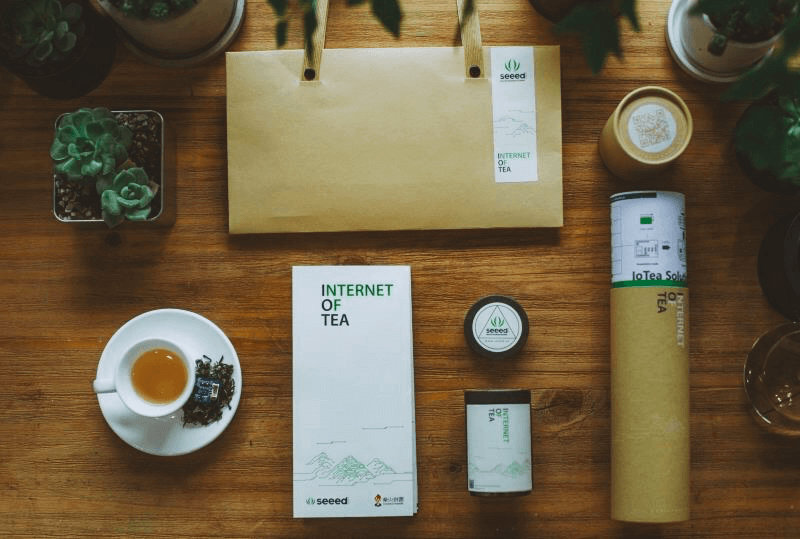
Figure 1. End Products of IoTea Project
First things first, IoTea Proejct’s tea plantation belongs to “high-mountain tea”, which refers to teas cultivated in high mountains that are higher than 1000 meters above the sea level. Due to huge temperature differences between the night and day, and between high air humidity and thick mist, the teas grown in this kind of environment usually contain a higher degree of chlorophyll and amino acids, which are determinant factors of tea quality, color, and taste. The high-mountain tea is featured with thick texture, fresh green in color, and trichome density, resulting in rich milky flavors and pleasant floral aromas (Figure 2).
While high-mountain tea plantations have been practised for thousands of years in China by family farms, the new generation of tea farmers in the 21st century find it difficult to continuously carry on their family legacy by remaining committed to traditional tea growing techniques that might no longer be very suitable in the environmentally-changing regions. On this backdrop, during years of growing tea in Mending Mountain, Mr. Deng has encountered 3 challenges:
- Low planting density → high management costs
- Uneven budding → low yields
- Difficulty of promoting the tea plantation’s organic environment in the high mountain (low visibility) → Difficulty to gain customer recognition and trust for his tea brand
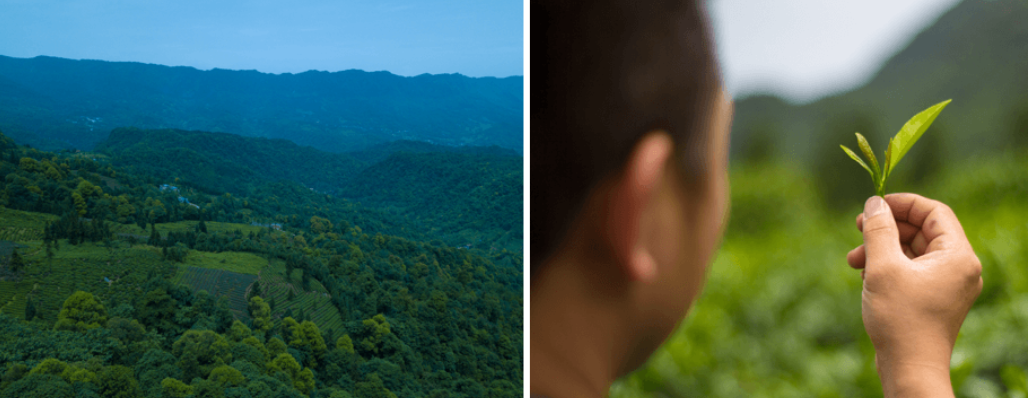
Figure 2. Mr. Deng’s High Mountain Tea Plantation at Mengding Mountain in Ya’an of Sichuan Province
To address those challenges, Mr. Deng was willing to embed the idea of smart farming technology into his tea plantations, enabled by our SenseCAP LoRaWAN series of IIoT products (Figure 3). The series’ LoRaWAN version is based on LoRaWAN protocol, and its multiple ISM bands makes it possible to be deployed all over the world with ease. Since SenseCAP is encapsulated in an IP66 enclosure, it is applicable for all kinds of outdoor remote sensing scenarios that need low-power, long-distance and long-term data collection features, like Smart Farming in this case.
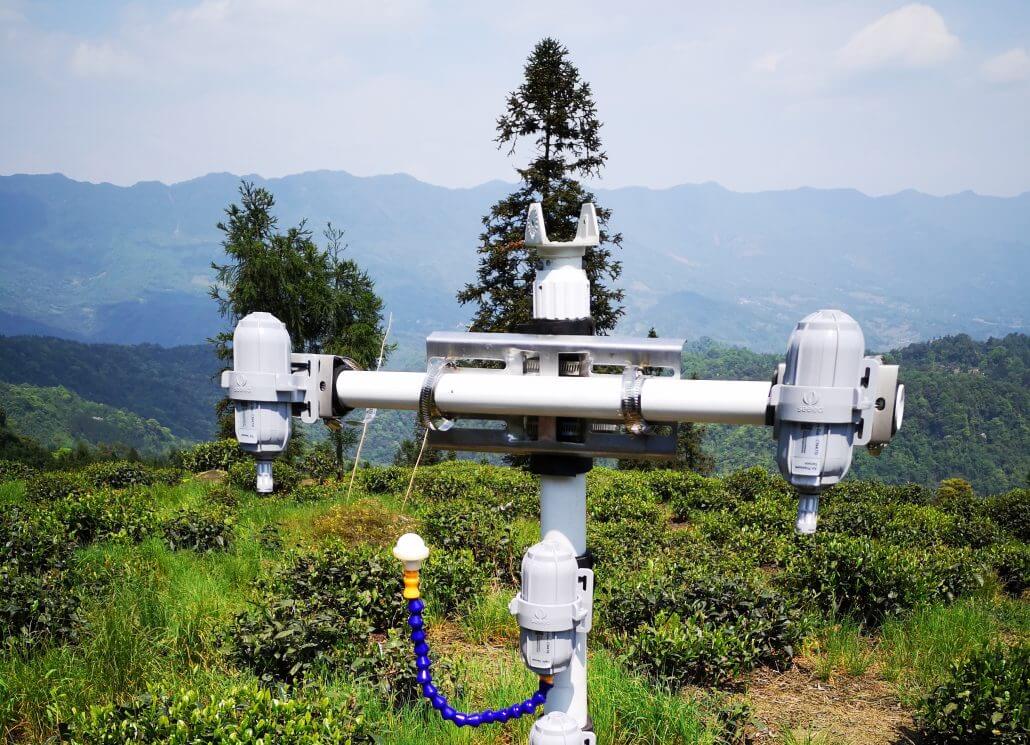
Figure 3. Seeed’s SenseCAP LoRaWAN Wireless Sensors Deployed in Mr. Deng’s Tea Plantation Area
For today’s case on IoTea Project, deployment procedure is demonstrated in Figure 4. First, after setting up various sensors in the tea plantation, the sensors gather environmental data, like CO2 level, barometric pressure, light intensity, air temperature and humidity, and soil moisture and temperature. Among all the sensors measuring the environmental data, the SenseCAP sensors of air temperature and humidity, and barometric pressure are 2 important parameters, which prove the tea’s organic and pure growing environment. Second, the collected data goes through gateways to reach the Cloud Server, in which all the data is stored and integrated. Third, the integrated data is displayed on a data platform, either on a webpage or a mini-APP on WeChat.
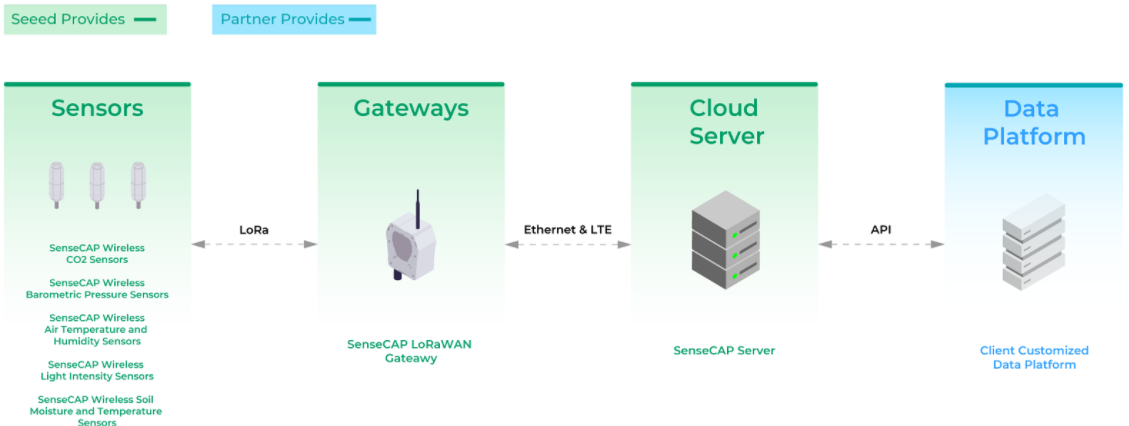
Figure 4. System Deployment Diagram of IoTea Project
For those of you who might be interested in replicating the IoTea Project in cultivating similar crops, the SenseCAP IIoT devices used in Mengding Mountain’s tea plantations are listed as follows:
- SenseCAP Outdoor Gateway – LoRaWAN
- SenseCAP Wireless Air Temperature and Humidity Sensor – LoRaWAN
- SenseCAP Wireless Barometric Pressure Sensor – LoRaWAN
- SenseCAP Wireless Light Intensity Sensor – LoRaWAN
- SenseCAP Wireless CO2 Sensor – LoRaWAN
- SenseCAP Wireless Soil Moisture & Temperature Sensor – LoRaWAN
With the IIoT solution deployed in the tea plantation, Mr. Deng is able to monitor the following environmental data crucial to maintain the optimal tea quality via the data platform (Figure 5). This data insight solves Mr. Deng’s perceived challenges, by greatly lowering management costs, increasing economic yields, and refining YI YE SHENG’s brand image and products as an intelligent, sustainable, and environmentally-sound tea, hat will attract customers’ attention and higher visibility of the enterprise. More importantly, the real-time and historical environmental data of the tea plantation provides the end customers with the origins and cultivation process of the tea. This is done by simply scanning QR codes of the tea’s packaging, which will directly connect the customers with the web page filled with graphical data. In this way, the tea-growing environment is traceable by the customers, proving the tea they are enjoying is, in fact, from the high mountains with the best environmental attributes. At the end, Mr. Deng can gradually build up his brand image sustainably with loyal customers, and supply the end consumers directly with a better price.
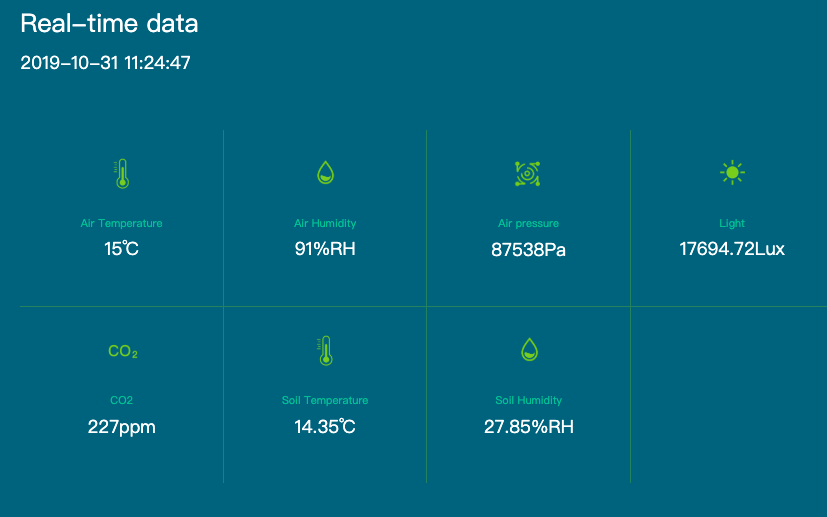
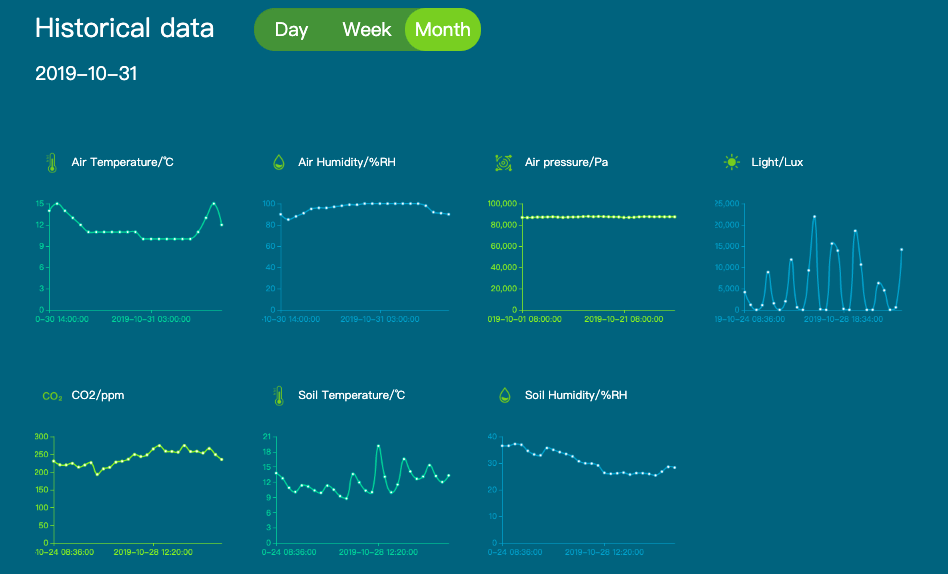
Figure 5. Real-Time Data & Historical Data Displayed on the Data Platform of IoTea Project
In April 2020, Mr. Deng shared some photos taken at his tea plantation at the end of March that year (Figure 6), to congratulate the achievement of the weather-beaten SenseCAP IIoT solutions still going strong in Mengding Mountain for 2 years.
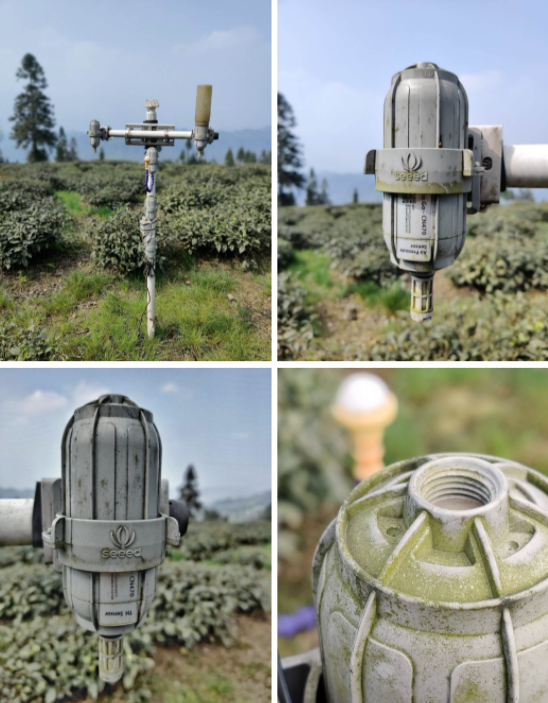
Figure 6. Photos of SenseCAP IIoT Solution Going Strong for IoTea Project, 2020
Which SDGs Are Relevant?
Today, IoTea Project has been shared with all of you to stimulate inspiration and “I-Can-Do-It” spirit within our hearts, regardless of who we are. Deploying SenseCAP LoRaWAN devices to the high-mountain tea plantation is just one example of technological innovation for sustainably scaling-up traditional agriculture industry, by requipping the industry with new tools, fresh ideas, and holistic planning. In the end, this Project is contributing to the UN’s following SDGs (Figure 7):
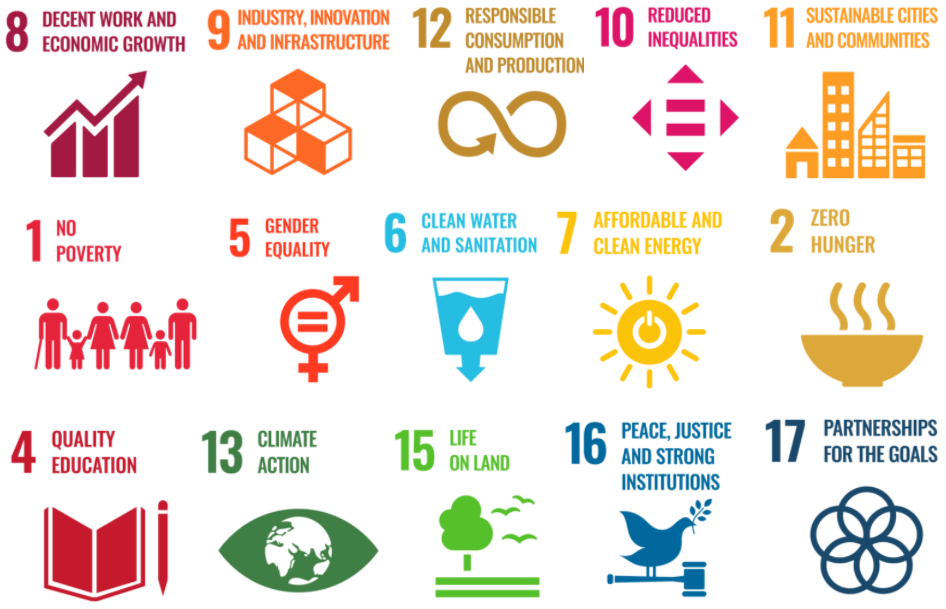
Figure 7. Most Obviously Affected SDGs by IoTea Project (UN, 2016)
At present, you might be overwhelmed by the number of SDGs affected by IoTea Project. Better yet, the UN’s 17 SDGs actually contains 169 Targets, among which we selected the ones with the biggest relevance to IoTea Project:
- Accomplish higher levels of economic and agricultural productivity through technological innovations on labor-intensive sectors for small-holder farmers (Targets 8.2 & 2.3)
- Foster sustainable and inclusive industrialization by augmenting access to value chains and emerging markets for small-scale enterprises (Targets 9.2 & 9.3)
- Elevate all the industries’ resource-efficiency for capacity building by deploying clean technologies for less environmental harms and value addition (Targets 8.4, 9.4, 9.5, 9.B & 12.2)
- Perform sustainable production and consumption practices by halving the food loss during production and post-harvest periods, as well as by preventing and reducing wastes (Targets 12.1, 12.3, 12.5, 12.A, 2.4)
- Gradually increase income level of the bottom 40% of the national population (Target 10.1)
- Empower and foster socio-economic inclusion of all, including women’s technological empowerment (Targets 10.2 & 5.B)
- Foster positive links among rural, urban, and peri-urban regions in economic, social, and environmental dimensions (Target 11.A)
- Decrease the number of the multidimensional poverty of the whole population groups by expanding access to technology from various resource mobilization (Targets 1.2, 1.4 & 1.A)
- Promote resilience of the vulnerable population related to changing climate patterns (Target 1.5)
- Greatly improve water-efficiency and assist local communities to do so (Targets 6.4 & 6.B)
- Double the rate of energy efficiency worldwide, and deploy technology for sustainable energy services (Targets 7.3 & 7.B)
- Execute resilient agricultural practices (Targets 2.4 & 2.A)
- Greatly increase the number of adults and young people for technical and vocational skills, including the knowledge needed to support sustainable development (Targets 4.4 & 4.7)
- Upgrade education and awareness-raising on effective climate change adaptation (Targets 13.3 & 13.B)
- Foster conservation and restoration of mountains (Target 15.1)
- Facilitate inclusive, responsive, and participatory decision-making at all stages (Target 16.7)
- Upgrade multi-stakeholder partnerships and regional cooperation among public, private, and civil society partnerships to improve knowledge sharing of science, technology, innovation, and resources (Targets 17.6, 17.16 & 17.17)
Think about it, the IoTea Project is already contributing to these many SDGs, so what if all the agricultural industry players come together to contribute collectively to the goals? That would be a game changer in human history of creating sustainable agribusiness. We might not be able to challenge the whole agricultural industries of the world at once, but remember, we are here to make a sparkling difference, the difference that can change the lives of local farmers in your own country. Let’s innovate today as Day 1. Now, come on, we have a long way to go.
About Author
Ye Seong SHIN
Sustainability and CSR Manager at Seeed Studio
。
Jointly organize/participate in multi-stakeholder projects/platforms/events/webinars/workshops/hackathons/etc. to accelerate SDGs with local communities and open tech anywhere in the world by connecting with Ye Seong SHIN today on LinkedIn.
。
Seeed Studio is the IoT and AI solution provider for all types of traditional industries’ sustainable digitalization. Since its establishment in 2008, Seeed Studio’s technological products and customization services are used for smart agriculture, smart cities, smart environmental monitoring, smart animal farming, smart aquaculture, meteorological monitoring, STEAM education, and all types of emerging scenarios enabled by the Industry 4.0. With the company’s mission to “Empower Everyone to Achieve Their Digital Transformation Goals” (which shares similar values with SDGs’ Motto of “Leave No One Behind”), Seeed Studio is devoted to using open source technologies for accelerating SDGs with multi-stakeholders from UN agencies, academia, companies, CSOs, governments, public/private organizations, and so on. This is why, Seeed Studio also founded “Chaihuo Maker Space”, and started China’s first Maker Movement by annually organizing “Maker Faire Shenzhen”.
